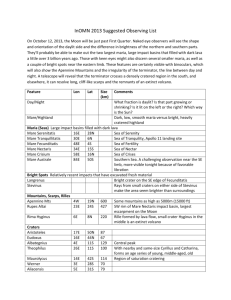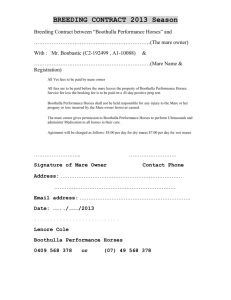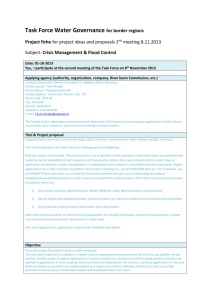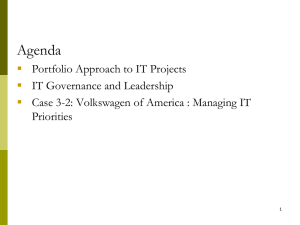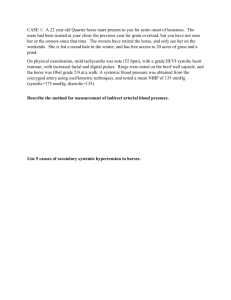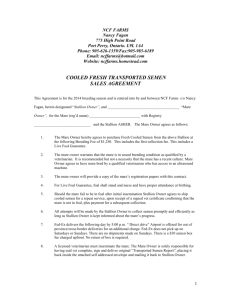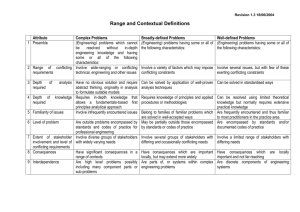Rotherham: Validation and implementation of ploices
advertisement
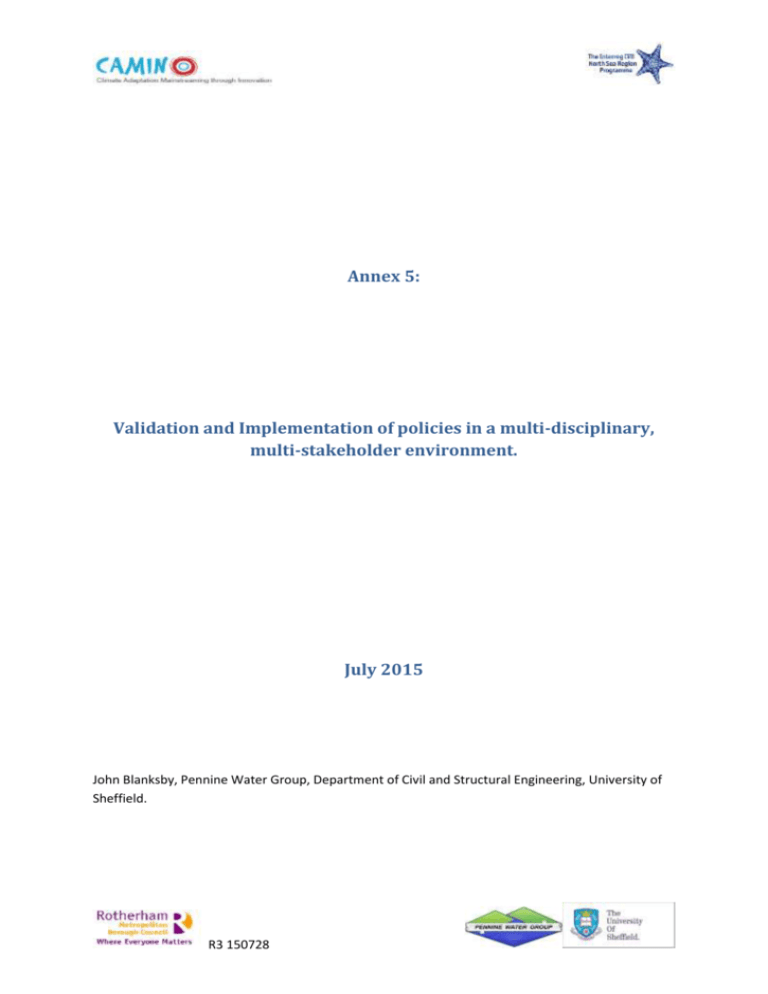
Annex 5: Validation and Implementation of policies in a multi-disciplinary, multi-stakeholder environment. July 2015 John Blanksby, Pennine Water Group, Department of Civil and Structural Engineering, University of Sheffield. R3 150728 Summary This outlines a process that can be used to validate the fitness for purpose of a proposed policy in meeting its objectives and identifies the consequences (beneficial and adverse) of the policy and its implementation. The process can be used to integrate policies within organisations and to align policies within a multi stakeholder environment. The process emerged from projects within the water environment, and the links within this note take readers to the outputs from those projects. However, the process is relevant to all disciplines. Introduction The successful implementation of policy in a multi-disciplinary, multi-stakeholder environment depends on the presence of complimentary and/or competing aims and objectives of the stakeholders and the different divisions within them. This is significantly affected by legislation and governance. This idea provides a structured approach to demonstrating that policy ideas are capable of implementation and subsequently the actual implementation, given the legislative and governance arrangement that apply. The approach is based on processes and tools which have been developed in previous Interreg projects and adapts them and combines them to provide a general approach to validation and application that will lead to the development of rational, rather than ideological policies. The first seven steps of the process involve institutions serving citizens and communities within a specified area. Once they have developed a common approach based on their perceptions of what is required to provide that service, they should engage with citizens and communities to validate fitness for purpose and to make appropriate amendments and enhancements. The approach is capable of demonstration over a range of projects and needs to be demonstrated in ways that will show that it is generally applicable and that it can show the impacts of legislation and governance on the achievement of policy objectives. The processes and tools that can be adapted for this purpose were developed in The North Sea Region projects MARE and SKINT and the North West Europe Region project FRC. There are also other tools that can be added to these such as the Governance Assessment Tool developed in the North West Europe project DROP. R3 150728 Process The process is as follows: Step 1. Initiation Policy initiator(s) set out clear objectives based on the drivers behind the policies and identify the tasks required to achieve them. (If it’s about emergency planning then these are the tasks of doing the job of emergency planning. If it’s about flood management then it’s about the tasks of doing the job of flood management. There are obvious overlaps between these two examples and these are dealt with in steps 4, 5, 6 and 7 below). The following links take you to relevant information from a flood management perspective from NWE FloodResilienCity and from NSR MARE. Information on task based frameworks can be downloaded through http://www.floodresiliencity.eu/frc-output/136/t/a-framework-for-awareness-of-floodmanagement Information on developing strategy and capacity at town and city scale including use of the task based frameworks to support stakeholder analysis can be downloaded at http://www.floodresiliencity.eu/frc-output/111/3-developing-strategy-and-capacity-at-town-andcity-scale An example application of the above can be downloaded at http://www.floodresiliencity.eu/frcoutput/127/t/2-the-development-of-capacity-for-flood-and-water-management-in-bradford Step 2. Engagement with other institutional stakeholders Policy initiators engage with all institutional stakeholders who have drivers, duties and responsibilities within the geographic area for implementation and whose duties and responsibilities can be affected by or affect the policy to be implemented. (This leads to the establishment of a Learning and Action Alliance which develops on the work of the 6th Framework SWITCH project and is documented in the work of Work Package 1 of NSR MARE). The first of the following links take you to relevant information from a flood management perspective and the second one is more generalised and takes you right to the point which is what people set out to do anyway, but its just a way of structuring it. Information on the experiences with Learning and Action Alliances in MARE can be found at http://www.mare-portal.eu/mare-output/1/work-package-1-learning-and-action-alliances and the daughter pages. In this link point 11 in the check list is relevant to the complementary objectives that the stakeholders have identified in step 5 below and points 12 and 13 are more relevant to working round the conflicting objectives. https://docs.google.com/viewer?a=v&pid=sites&srcid=c2hlZmZpZWxkLmFjLnVrfGpyYmludGVycmVn fGd4OjY5ODY4ZWYyYmEzYmIzMmM Step 3. Stakeholders identify drivers objectives and tasks The stakeholders set out their drivers and objectives associated with those duties and responsibilities and identify the tasks required to carry them out. Step 4. Identify impacts of policy interactions on stakeholders The interactions between the initiators' and stakeholders' tasks are then identified and the impacts of the different policy actions are identified. R3 150728 Step 5. Identify complementary and conflicting policy objectives The complementary and conflicting objectives are identified Step 6. Resolve conflicts in policy Ways of best aligning objectives are identified. The Governance Assessment Tool developed in the NWE Interreg IVB project DROP helps in this process, http://www.dropproject.eu/publications/ Step 7. Develop a common approach This is dependent on the outcomes of steps 1 – 6 and cannot be prescribed Step 8. Extend (and adapt) the common approach to include citizens and communities Once the institutional stakeholders have developed a common approach, this should be extended to include citizens and communities. R3 150728

